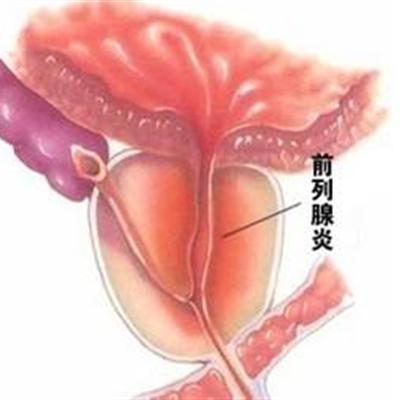Symptoms of renal osteodystrophy?
summary
Renal osteodystrophy is a bone metabolic disease caused by chronic renal failure. Renal osteopathy for short. It is characterized by calcium and phosphorus metabolism disorder, acid-base imbalance, skeletal deformity and secondary hyperparathyroidism. In bone, osteoporosis, osteomalacia, fibrocystic osteitis, osteosclerosis and metastatic calcification were found. Growth and development may be impaired in infancy. The purpose of treatment is to relieve symptoms, prevent bone deformity and fracture, high blood phosphorus and vitamin D deficiency; It can relieve hyperparathyroidism, prevent metastatic calcification of soft tissue and strengthen bone mineralization. Dialysis or kidney transplantation was performed in patients with severe uremia. Now let's talk about it.
Symptoms of renal osteodystrophy?
First, the manifestations of renal osteodystrophy are: bone pain, pseudogout and pathological fracture, mostly accompanied by proximal myopathy and muscle weakness. Bone deformities are more common in children, such as rickets, long bone arched, epiphyseal widening or epiphyseal detachment and growth stagnation. In adults, it is manifested as spinal curvature, thoracic deformity and clubbing of bone end. Soft tissue calcification was found outside the bone.
Second: renal osteopathy is progressing slowly. It is in its late stage when symptoms appear. Clinically, it is characterized by bone pain, fracture and bone deformation. One of the sudden symptoms of bone pain, often systemic, often occurs in the lower part of the body (waist, back, hip, knee joint), movement or pressure aggravation, walking shaking or even can't get up. Pathological fractures often occur in the ribs, other parts can also cause fractures due to slight external force. It is more common in renal transplant patients with low transport type and receiving glucocorticoid treatment, while high transport type is rare. Adults are prone to vertebral, thoracic and pelvic deformation, severe patients cause height shortening and dyspnea, known as withdrawal syndrome, children can have growth delay.
Third: the early stage of renal failure is parathyroid hyperplasia and PTH increased, the degree of which is consistent with the severity of renal failure. Secondary hyperparathyroidism, in addition to the aforementioned bone diseases, also causes a series of extraosseous lesions.
matters needing attention
Active treatment of primary diseases. Prevent phosphorus retention and hyperphosphatemia * reduce dietary intake of phosphorus. Meat and dairy products are important sources of phosphorus in food. But limiting the intake of phosphorus in the diet can cause loss of appetite and malnutrition. The daily intake of phosphorus should be controlled at 800 mg.










